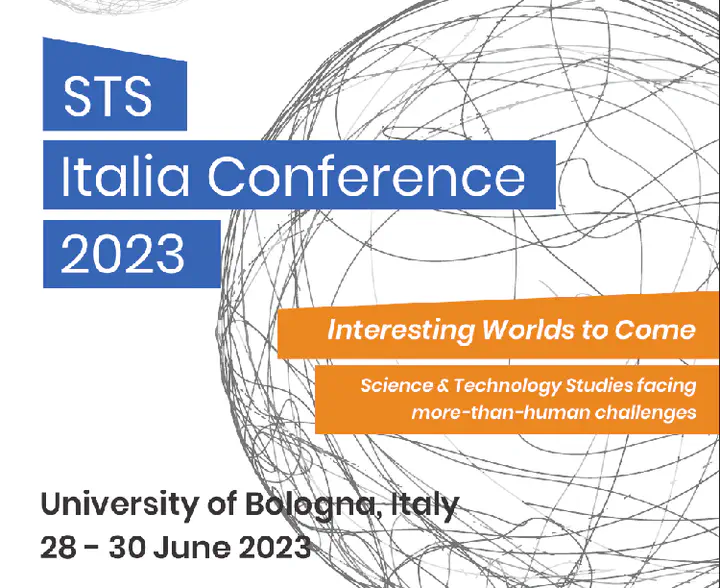Presentation at STS Italia 2023: 'An analysis of identity management system interfaces using data matching software'

Abstract
The interface layer of identity management systems increasingly uses data matching technologies to connect and investigate identity data for border security and migration management. For example, data matching technologies can identify potential identity fraud by linking identities across national and international policing systems or flag potentially risky travellers by comparing flight passengers’ data to terrorist watch lists. However, STS and (Critical) Security Studies need to pay more attention to how these technical components interface between systems, subjects, and organizations to mediate border security and migration management practices. This paper proposes empirically analyzing such interfaces by sampling moments in the long-term development of specialized software and its integration with systems and infrastructures. The investigation makes two contributions using data gathered during fieldwork at an IT vendor for data matching software. First, the analysis employs SCOT’s concept of ‘interpretative flexibility’ to identify notable moments when the meanings of identification practices and technologies are challenged, changed, or closed down. Following the interpretive flexibility of the software allows one to see how technical workings evolved with the securitization of migration and border control, such as adding matching functionalities based on the transcription and transliteration of Arabic and Asian names. Second, infrastructure studies’ concept of ‘gateways’ spotlights moments when software systems and infrastructures intersect. Gateway moments make it possible to see the ‘infrastructural compromises’ (Dijstelbloem, 2021) necessary when adapting globally honed technologies to new settings. For example, when the software was integrated with an EU system, infrastructural compromises were made to allow backward compatibility with MS systems. Together, these findings shed light on the many interactions of various — and otherwise under-the-radar actors, such as software vendors — in co- constructing sociotechnical problems and solutions of identification in border security and migration management.